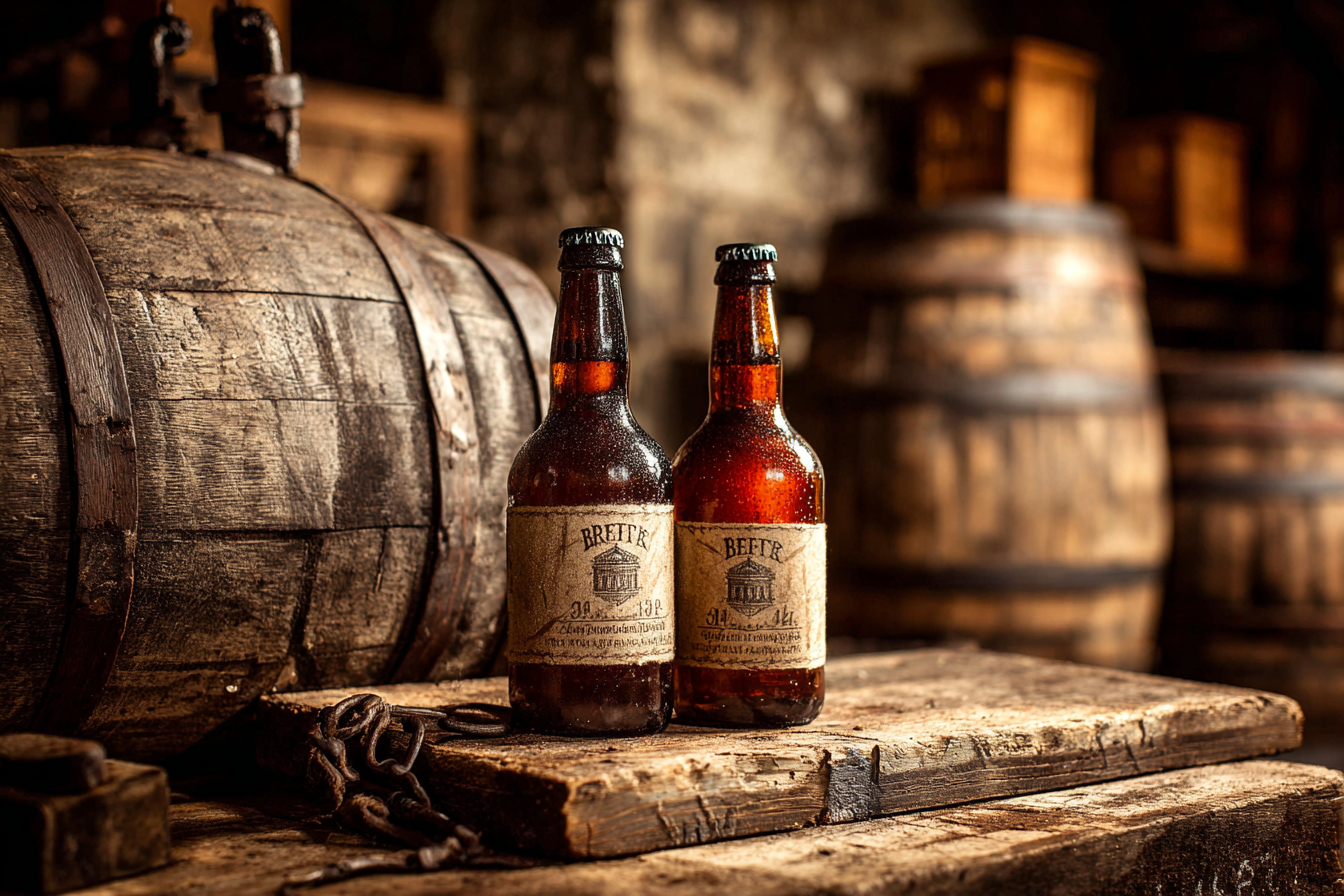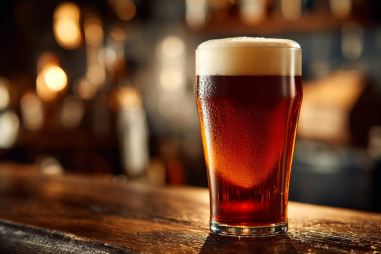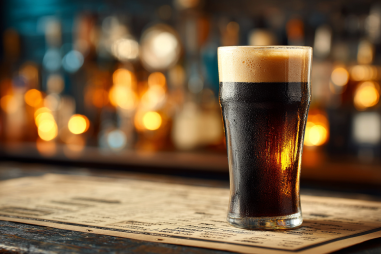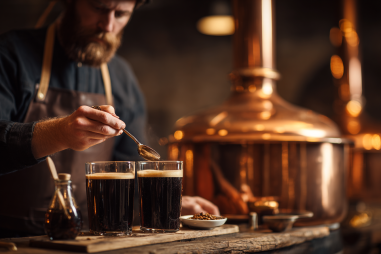The world of craft beer is ever-evolving, and few styles embody the spirit of innovation quite like the Brett IPA. Combining the funky, wild yeast characteristics of Brettanomyces with the hop-forward punch of an IPA, this hybrid style has captured the imaginations of brewers and beer lovers alike. But where did Brett IPA come from, and how did it grow into one of the most intriguing styles in the craft beer scene? Join us as we explore the fascinating history and origin of Brett IPA, tracing wild yeast’s journey from ancient brewing traditions to modern-day craft beer culture.
Early Use of Brettanomyces in Brewing
Brettanomyces, often affectionately called “Brett,” is a genus of wild yeast that has been a part of brewing history for centuries—long before it was intentionally added to beers as a stylistic choice. In traditional farmhouse and sour beer brewing across Europe, particularly in Belgium and parts of France, Brettanomyces played a critical role in fermentation. Brewers didn’t always know exactly what yeast they were using, but over time, they observed that these wild strains imparted distinctive aromas and flavors—earthy, funky, sometimes fruity, with notes reminiscent of barnyard, horse blanket, or tropical fruit.
In the early days, Brettanomyces wasn’t seen as a desirable yeast in most commercial brewing; it often infected beers unintentionally, causing unpredictable flavors. However, brewers in regions known for lambics, gueuzes, and other spontaneously fermented ales learned to harness this wild yeast’s potential. This laid the foundation for the appreciation of Brett’s unique character in beer.
Evolution of IPA and Introduction of Brett Yeast
India Pale Ale, or IPA, is one of the most popular and historic beer styles, dating back to the 18th century when brewers increased hop content to preserve beer for long voyages to India. Over the years, IPA evolved dramatically—from English versions with earthy hops to the explosion of American IPAs emphasizing bold, citrusy, and piney American hops.
The modern craft beer movement, especially from the late 20th century onward, brought experimentation to the forefront. Brewers began pushing boundaries with yeast strains, hop varieties, and brewing techniques. Introducing Brettanomyces into an IPA was a natural progression for adventurous brewers wanting to blend wild fermentation’s complexity with the beloved hop bitterness and aroma of an IPA.
Brett IPA emerged as a hybrid style blending the best of both worlds: the tropical, piney, and resinous notes from hops, alongside the funk, tartness, and dryness that Brettanomyces brings. This style allows for greater depth and an evolving flavor profile that changes over time, especially if the beer undergoes extended aging.
Key Breweries and Pioneers in Brett IPA Development
Several pioneering breweries played crucial roles in developing and popularizing Brett IPAs. These breweries were typically leaders in sour and wild ales but saw potential in adding Brett to hoppy beers.
- Russian River Brewing Company: Known for their legendary Pliny the Elder IPA, Russian River also explored Brett-fermented beers, helping build the bridge between traditional hoppy brews and wild ales.
- The Bruery: Based in California, The Bruery became known for pushing boundaries with barrel aging and mixed fermentation, producing innovative Brett IPAs and other wild ales.
- Jester King Brewery: Located in Texas, Jester King specializes in farmhouse ales and spontaneous fermentation. They crafted several Brett IPAs that highlighted the interplay between hops and wild yeast.
- Other Craft Innovators: Numerous smaller craft breweries worldwide experimented with Brett in hoppy styles, contributing to the stylistic diversity and rapid spread of Brett IPAs.
How Brett IPA Fits Into Craft Beer Culture
Brett IPA represents the adventurous spirit at the heart of craft beer culture. It appeals to drinkers who enjoy complexity in their beer and are eager to explore beyond traditional styles. The wild yeast character challenges conventional flavor expectations of an IPA, adding layers of funk, earthiness, and sometimes mild tartness, making each sip an experience.
This style also emphasizes craftsmanship, patience, and creativity, as Brett fermentation tends to be longer and less predictable than standard ale yeast fermentations. Brewers and consumers alike appreciate the narrative of innovation, experimentation, and revival of traditional techniques that Brett IPA embodies.
As a result, Brett IPA has found a devoted following, often becoming a centerpiece in taprooms, beer festivals, and limited releases, where enthusiasts seek new expressions of flavors within familiar style frameworks.
Modern Trends and Innovations
Today’s Brett IPAs come in a variety of interpretations, reflecting modern trends in the craft beer industry. Some key innovations include:
- Blending Techniques: Brewers often blend Brett-fermented beer with young IPAs or other sour and wild ales to control funk intensity and balance flavors.
- Barrel Aging: Aging Brett IPAs in oak barrels or wine casks adds depth, complexity, and additional microflora to interact with the yeast.
- New Hop Varieties: Using experimental and unique hop strains alongside Brett yeast creates novel tropical and citrus-forward profiles with wild yeast complexity.
- Lighter, Sessionable Brett IPAs: Catering to the demand for more approachable beers, some brewers offer lower ABV versions maintaining Brett’s influence.
- Hybrid Styles: Combining Brett IPA with other wild styles like saison, farmhouse ales, or barrel-aged sours blurs lines and expands flavor possibilities.
Future Outlook for Brett IPA Styles
The future looks bright for Brett IPA as both brewers and drinkers continue embracing diversity and innovation within craft beer. As wild yeast strains become more accessible and better understood, we can expect:
- More regional and unique expressions of Brett IPA reflecting local ingredients and terroir.
- Innovative yeast blends and genetically characterized Brett strains to offer consistent, tailor-made flavor profiles.
- Increased crossover with other fermented beverages, such as wine and cider, through barrel-aging techniques.
- Expanding educational efforts to introduce more consumers to wild yeast beers and the complexities of Brett fermentation.
With craft beer’s continual focus on creativity and tradition, Brett IPA stands to evolve further, capturing a growing audience interested in bold, flavorful, and wild beer experiences.
Celebrating Brett IPA’s Heritage
The story of Brett IPA is a testament to the dynamic nature of brewing—connecting centuries-old traditions with the cutting-edge spirit of craft beer innovation. From the accidental infections of wild yeast in farmhouse ales to carefully crafted modern brews, Brettanomyces has traveled a fascinating path. As it blends seamlessly with the hop-driven charm of IPAs, Brett IPA has become a celebrated style that challenges expectations and delights palates around the world.
For craft beer lovers, Brett IPA is more than just a beer. It’s an exploration of history, science, and artistry all in one glass—offering a rich, complex, and ever-changing flavor journey that pays homage to the past while boldly looking toward the future.







